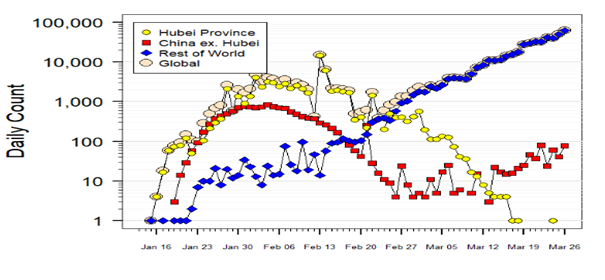


Indian Journal of Science and Technology
Year: 2020, Volume: 13, Issue: 12, Pages: 1328-1341
Original Article
Mamoona Humayun1*
1Department of Information Systems, College of Computer and Information Sciences, Jouf University, AL-Jouf, Saudi Arabia
*Author for correspondence
Mamoona Humayun
Department of Information Systems, College of Computer and Information Sciences, Jouf University, AL-Jouf, Saudi Arabia
Email: [email protected]
Received Date:06 April 2020, Accepted Date:14 April 2020, Published Date:08 May 2020
Background/Objectives: Tremendous growth of information and communication technologies (ICTs) have positively affected the field of E-Learning (EL). However, recently the education mode is shifted from the traditional classroom towards EL due to widespread COVID-19. The selection of suitable EL tool and security of EL data and environment are still the key challenges that need to be addressed. The objective of this paper is to guide the EL Practitioners in the selection of suitable EL tool and to provide a detailed framework for maintaining privacy and security of EL data and environment. Purpose: This study aims to help EL practitioners in the selection of suitable EL tool and to provide a secure framework for the security of EL data and environment. Method: Realtime statistics are gathered and analyzed to visualize the impact of COVID-19 on education around the world. The increasing demand for EL during COVID-19 is analyzed, and a detailed taxonomy is provided to make the EL practitioners aware of existing distance learning solutions. A comparison of commonly used EL tools is provided that will help in the selection of EL tools according to institutional requirements. A Blockchain-based EL framework is proposed that will help EL designer in managing the security of EL data and environment. Conclusion: The proposed framework is expected to provide a promising solution for developing a fair and open learning online education environment and will overcome the deficiencies caused by school closures during COVID-19.
Keywords: COVID-19; Blockchain; Security; Privacy; E-Learning; Digital Curriculum
Copyright: © 2020 Humayun. This is an open-access article distributed under the terms of the Creative Commons Attribution License, which permits unrestricted use, distribution, and reproduction in any medium, provided the original author and source are credited.
Published By Indian Society for Education and Environment (iSee)
Subscribe now for latest articles and news.